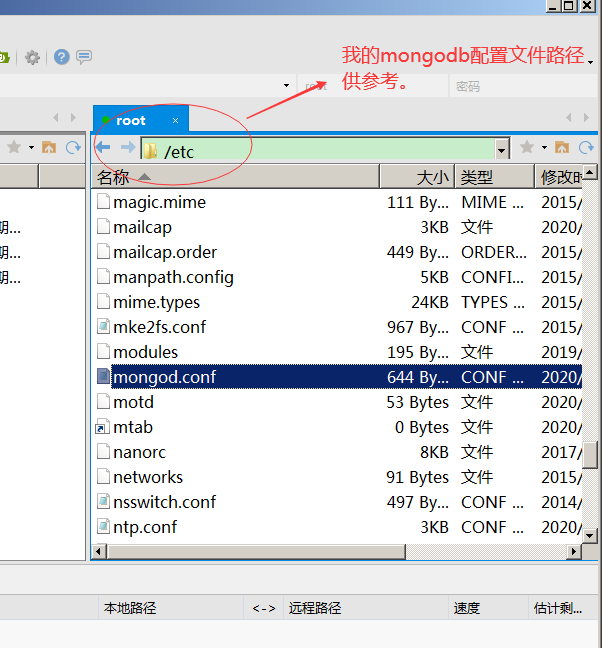
Javascript execution interrupted robo 3t full#
To trigger full mode, click the Run full explain button in the toolbar:ĭifference between L-shaped, zigzag arrows, and straight arrows It requires running the query, which might cause a delay depending on its size. It’s fast and always available for all queries, without delay.įull mode, on the other hand, shows both the stages and runtime statistics: Full Modeīy default, Visual Explain will show the explain diagram in brief mode without runtime statistics, like this: Instead of clicking through such a tree, the Visual Explain visualizes the same strategy undertaken by MongoDB in a simple-to-follow diagram. Visual Explain is the evolution of the Explain Tab.

In previous versions of Studio 3T, it was already possible to see query plans and execution statistics through the Explain Tab, which displayed this information in tree view, like this: While a simple example, it still illustrates the usefulness of having a quick and visual way of double-checking the soundness of your query. This is clearly way too a large a number that could only point to an error in your query logic. You already have a hunch that this can’t be a big number, but Visual Explain shows that 485 documents – 485 customers – meet the criteria: Say, for example, that you wanted to know how many customers have priority support and live in Kansas, from your pool of 1,000 customers.ĭownload the Customers collection to follow along. If Visual Explain shows you that this isn’t the case, then the next step would be to debug your query. What we see is exactly what we want to happen: the database is applying the filter operator first.įrom the original 2.5M documents, only 13K meet the filter criteria and are then passed on to the later stages. Here’s the full query ran in Visual Query Builder: db.getCollection("crimes").find( We’d also like to sort these cases in descending order by date, and we’d only like to see the four relevant fields _id, scription, primary_type (of crime), and date. Using the same crimes collection from above, we’d like to know how many cases of theft occurred within Chicago’s public transport system, Chicago Transit Authority (CTA). Visual Explain is an ideal way to check if this is being done. When it comes to querying, the best practice is to apply operators that do the most filtering first. Optimize queries by applying relevant filters first

We can then move on to the next steps of investigating the sharded cluster balancer or chunk size to fix a bigger issue, which Visual Explain helped us uncover. Shard 1 is handling almost twice the load. Now we know that the database isn’t distributing the workload evenly as expected. To test, we run an empty query and discover that: Take for example the snapshot below of crimes, a collection of about 2,486,000 documents, hosted on a database with two shards. Visual Explain can come in handy in spotting imbalanced loads when you’re querying a sharded database. MongoDB uses sharding to horizontally scale data, which it tries to evenly distribute across shards – but this is not always the case. The database detected that an appropriate index exists for the query, so it scanned a limited number of documents, instead of needlessly scanning each one.īy choosing the index scan, the database was also able to skip the sort stages, and instead went straight to fetching the documents, resulting in 41ms saved.

Instead of using a collection scan which took 20ms, MongoDB chose an index scan which only took 10ms. Indeed, MongoDB runs the same query much faster, at 30ms (versus 71ms). Now that the index is set up, let’s run the same query again (and this time, we expect it to be faster).
Javascript execution interrupted robo 3t how to#
Learn how to create an index in Studio 3T.


 0 kommentar(er)
0 kommentar(er)
